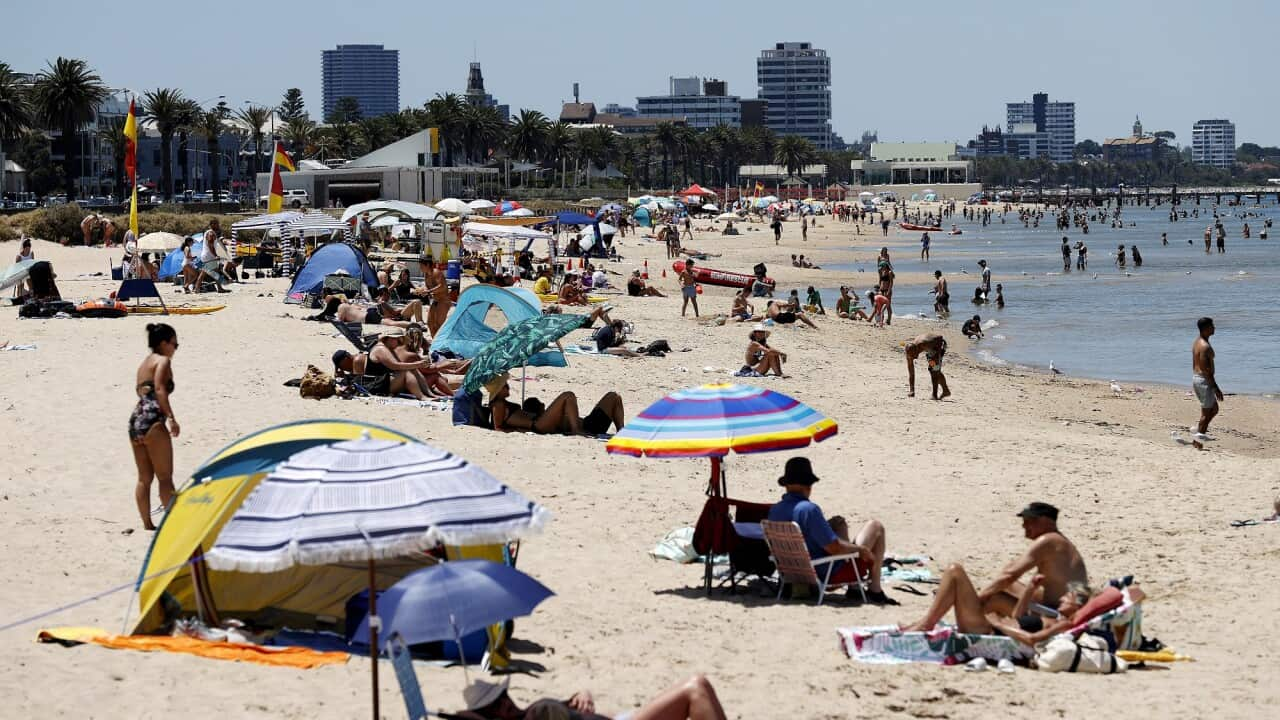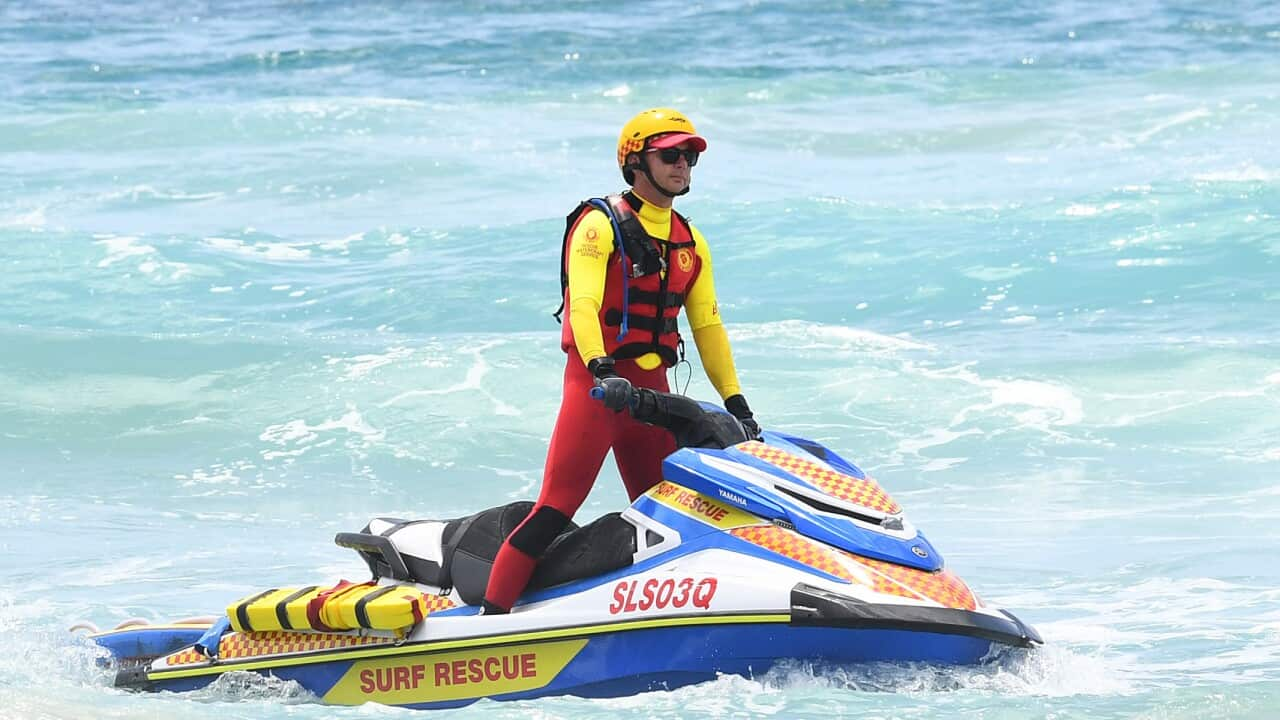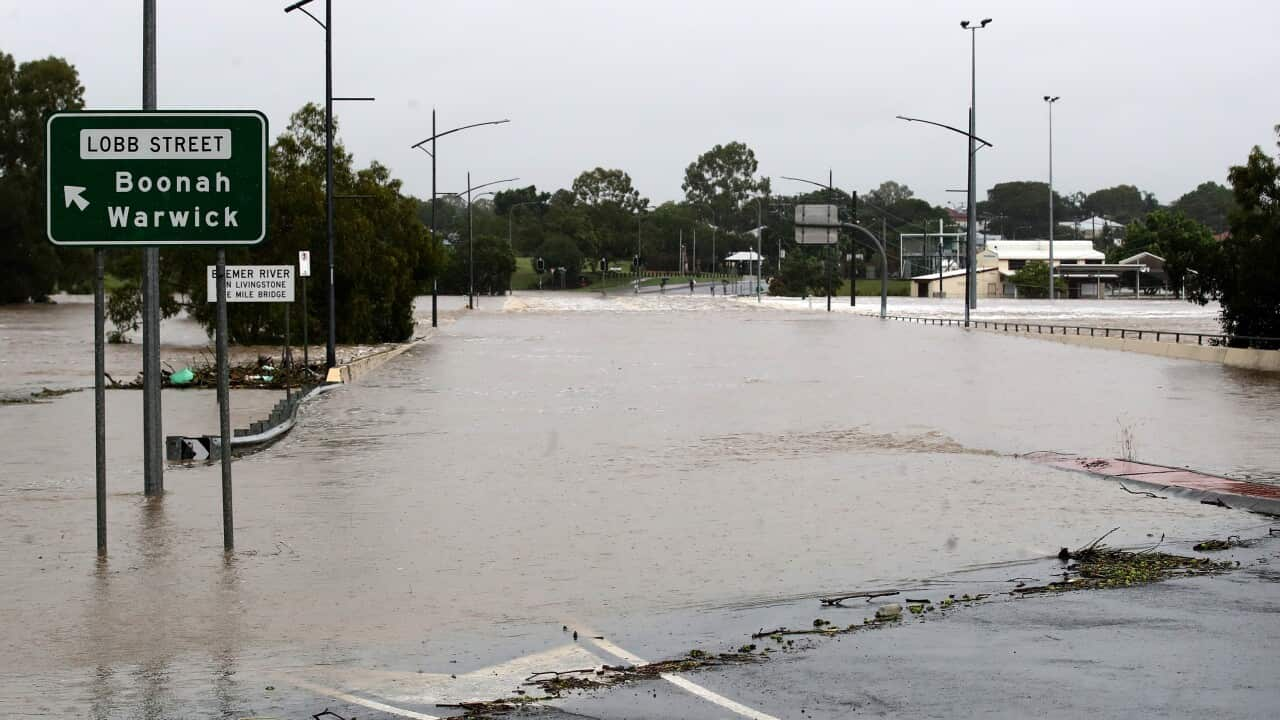KEY POINTS
- The peak of the first heatwave of this summer season has hit parts of southern Australia.
- Temperatures were between 8 and 16C above average on Tuesday in affected areas.
- Another heatwave is forecast from New Year's Eve into New Year's Day.
The peak of a three-day heatwave struck parts of southern Australia on Tuesday, with temperatures reaching up to 40C.
Heatwave warnings were issued for South Australia, Victoria, Tasmania, NSW and isolated parts of Western Australia with temperatures between 8 and 16C above average.
New temperature records were set as Australia experienced the hottest weather of the summer season so far. South Australia on Tuesday had its hottest day since January 2021. Melbourne will experience its warmest night since January 2018 on Tuesday evening with a minimum temperature of 26C.
A cold front is expected to ease conditions mid-week before the Bureau of Meteorology expects a three-day heatwave to strike from New Year's Eve.
Severe to low-intensity heatwave temperatures will sweep across parts of WA, southwest Queensland into northwest NSW, and northeast SA. Western NSW, northeastern Victoria, southwest NT and much of Tasmania will also be affected.

A map of Australia shows the parts of Australia affected by a forecast heatwave starting on New Year's Eve. Source: AAP / Bureau of Meteorology
What is a heatwave?
Christie Johnson, senior meteorologist at the Bureau, said a heatwave goes beyond just being a "hot day".
"A heatwave is when we have over a three-day period an unusually hot maximum and minimum temperatures," she said, adding that the health risk came from the accumulation of heat stress over consecutive days.

People cool off in the Nepean river at Penrith, west of Sydney, as temperatures reached the early 30s on Tuesday. Source: AAP / Dan Himbrechts
"And they are one of our greatest killers. They do cause more deaths and illnesses than any other type of natural disaster."
She said the hot temperatures and wind conditions have also increased the bushfire risk, with high fire danger in the Mallee, Wimmera and northern country fire districts over the next 48 hours.
"It's really important to be safe around campfires - make sure that they're cool to the touch before you leave them."
What advice has been issued to prevent heatwave-related illnesses and deaths?
Victoria's Minister for Ambulance Services, Gabrielle Williams, said the state government is launching a new campaign to reduce the number of children left in cars on hot days.
"Children and infants are unable to regulate their body temperatures like adults can. Their body temperatures rise three to five times faster than an adult's body temperature, which can lead to tragedy very, very quickly in a matter of minutes," she said.
Last summer, Ambulance Victoria paramedics were called to 410 reports of people locked in cars across the state. Children below the age of 13 made up 92.5 per cent of cases.
Ambulance Victoria said they have concerns that the trend could be worse this summer.
"Of concern, numbers are already rising with 113 cases last month," it said in a statement, adding that 1,228 cases were recorded between 1 December 2021 and 30 November 2022.
Anthony Carlyon, executive director Ambulance Victoria, said there are four tips he believes are crucial to protect yourself from the heat.
"Please make sure you hydrate yourself - drink water throughout the day. Please stay out in the sun, particularly in the hottest parts of the day. Check in on the elderly neighbours, friends family, make sure they're safe. And most importantly, never ever leave kids in cars."
Additional reporting: AAP











